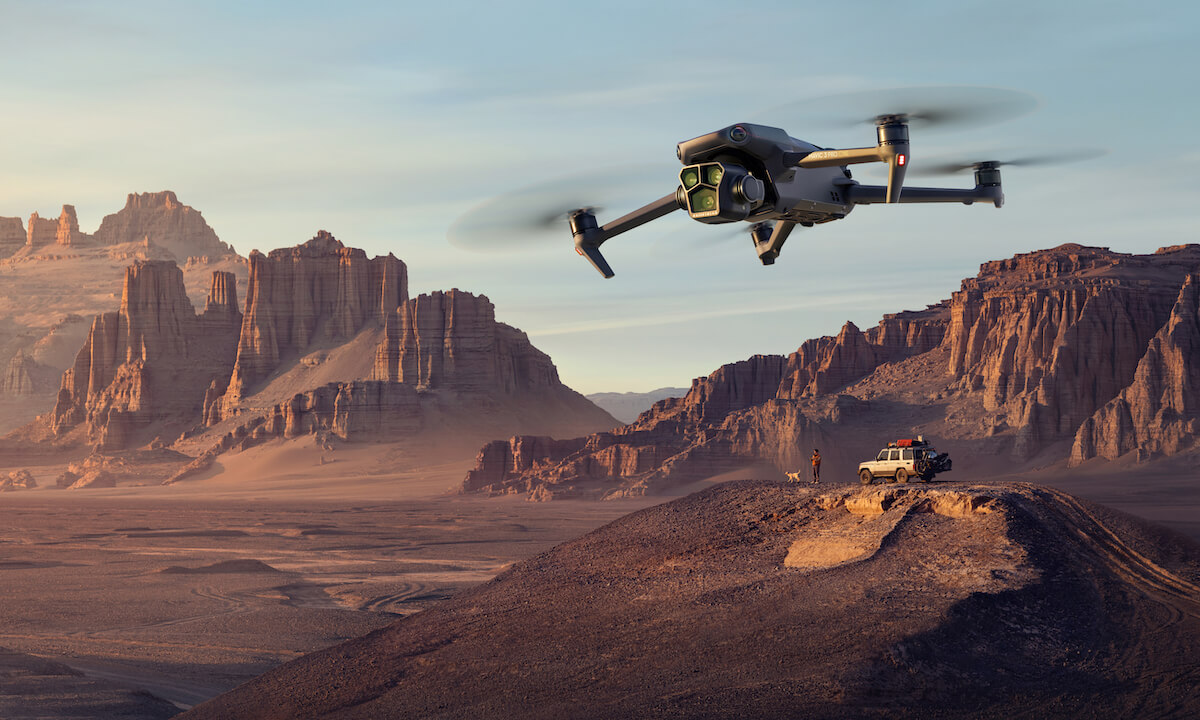The integration of drone technology into precision agriculture represents a revolutionary shift in how we approach farming. With the insights from NASA, we can better understand how these advances are optimizing productivity and sustainability in agricultural practices.
Understanding Drone Technology
Drone technology encompasses unmanned aerial vehicles (UAVs) that are equipped with various sensors and cameras. These devices allow for the detailed monitoring of crops and farming fields. By utilizing drones, farmers can collect data on soil health, crop stress, pest infestations, and more, enabling precise interventions that minimize waste and maximize yield.
Precision Agriculture: A Closer Look

Precision agriculture is a farming management concept which uses technology to measure and respond to field variability. This approach is enhanced by drones through their capacity to survey fields quickly and provide real-time data. Technologies such as GPS, GIS, and remote sensing are combined with drones to manage resources efficiently.
The Role of NASA in Agricultural Advances
NASA’s involvement in agriculture through its advanced technologies provides significant contributions. NASA’s Earth observation satellites give meteorological data that, when combined with drone inputs, allows for precise weather predictions impacting agricultural decision-making. NASA’s insights into climate patterns and space-developed sensors can also help optimize drone functions in farming.
Benefits of Drones in Precision Agriculture
- Reduced environmental footprint thanks to targeted application of chemicals
- Increased yield due to accurate field condition assessments
- Cost savings by minimizing resource usage
Drones assist farmers in optimizing their processes, providing a greener and more productive alternative.
Challenges and Future Prospects
The initial setup cost of drone technology can be high, requiring significant investment in equipment and training. Regulatory issues related to airspace restrictions may also pose challenges. However, as technology progresses, these obstacles are expected to lessen, paving the way for more widespread adoption in agriculture.
NASA’s innovations continue to influence the future of precision farming as global climates change and require adaptable solutions.
FAQ Section
How do drones help in precision agriculture?
Drones provide data necessary for assessing crop health, soil conditions, and potential threats. This information allows farmers to make informed decisions about planting, watering, and pesticide use, enhancing productivity.
What technologies are integrated with drones in precision agriculture?
Technologies like GPS for location tagging, GIS for mapping, and various sensors for data collection are integrated with drones to provide comprehensive farm management solutions.
What has NASA contributed to precision agriculture through drones?
NASA contributes through advanced climate-monitoring technologies and space-developed sensors that enhance drone data accuracy, enabling better climate adaptability and resource management.
As we continue to explore the potentials of drone technology in precision agriculture, it promises a more sustainable and efficient pathway forward.